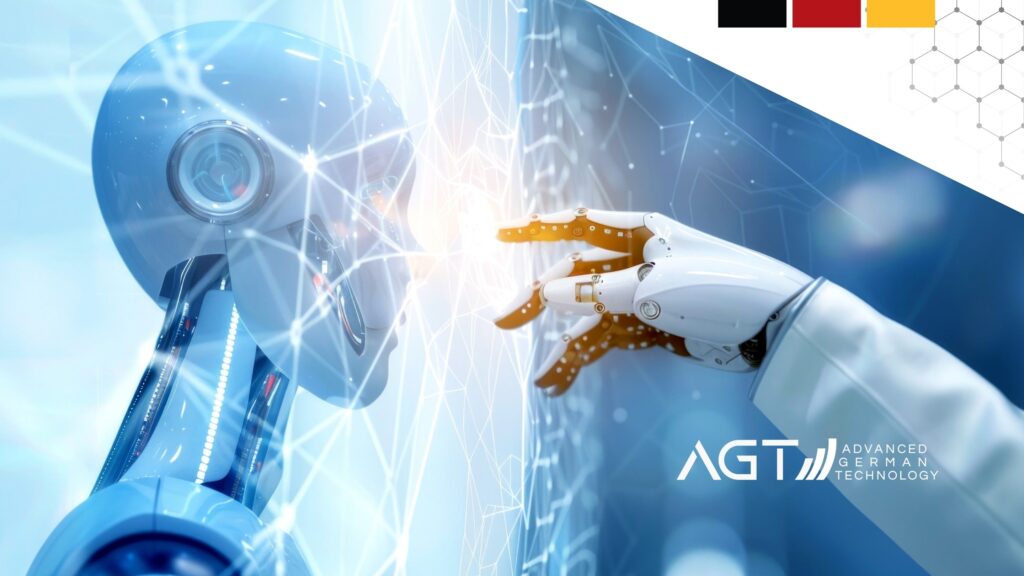
5 Key Differences between AI and Humans in Cybersecurity Data Analysis
Imagine that you’re in a cybersecurity command center. Screens flash red and yellow. Alerts are coming from every direction. Time is running out. At that moment, who do you trust more, an AI system scanning thousands of records in seconds, or a human analyst who can spot intent and patterns that machines miss?
In 2024 and 2025, we’ve seen more complex cyberattacks than ever before, ones that tested both our technology and our human instincts. So the big question is: who’s better at keeping our digital world safe, AI or people?
Let’s take a closer look at five real-world differences between how AI and humans analyze cybersecurity data, and why both matter.
1-Speed and Scale:
AI systems are great at handling large volumes of data quickly. Think of how SIEM platforms powered by AI scan millions of login logs in minutes. In 2025, some phishing emails generated by AI had an open rate of over 72%, while false alarms from detection systems dropped significantly.
Still, machines don’t always catch the small stuff. A human analyst might notice something off- like a login attempt that doesn’t match an employee’s normal behavior- and raise a flag that AI might miss.
2-Understanding Context:
In February 2025, attackers used deepfake audio and video clips of a CEO to trick employees at KnowBe4 into giving access to internal systems. The system noticed unusual behavior, but it was a human analyst who recognized that the communication style didn’t follow normal company routines.
Machines can detect patterns, but humans can spot intent. That’s what made the difference here.

3-Responding to the Unknown:
At the end of 2024, the “Ghost” campaign targeted critical infrastructure in over 70 countries. It used malware that created new encryption techniques and bypassed common detection systems.
AI eventually adapted to the new patterns, but human security engineers were the first to sense something was wrong. They adjusted their strategies before the attack got worse. AI is great at repeating known tasks, but when something entirely new shows up, human creativity often leads the way.
4-Reducing False Alarms:
In 2024, the global financial firm FINCH was hit by an AI-driven phishing campaign that tricked employees into logging into fake systems. AI helped cut down on false positives by around 60%, but some real threats slipped through unnoticed.
That’s why human review still matters. The ideal setup is when AI filters alerts, and people review them in context before taking action.
5-When AI Becomes the Threat:
One of the growing concerns in 2025 is that attackers now use AI too. Deepfake tools are used to mimic executives’ voices and send fake but convincing instructions.
In early 2025, a major financial company lost $42 million through a “deepfake-as-a-service” scam. The voice sounded just like the real CEO.
No system alone can spot this kind of trick. It takes a human to question what sounds real but feels off. That’s why systems that combine AI with human review are becoming essential.
AI helps us handle huge amounts of data, while people bring context, judgment, and flexibility. Organizations that bring both sides together tech and human are better prepared for today’s cybersecurity threats.
AGT: Helping You Stay One Step Ahead
At AGT – Advanced German Technology, we work closely with teams to improve how they handle cybersecurity using both technology and human insight. Our training programs help professionals learn how to use AI tools for early threat detection and build systems that can respond quickly to new types of attacks.
We also provide tailored guidance for governments and businesses looking to build stronger digital defenses.
Want to learn how your team can stay ready for what’s next in cybersecurity?
Visit us at: https://agt-technology.com/
Article Resources:
- TechRadar – AI phishing statistics 2025
https://www.techradar.com/pro/security/cybercriminals-are-deploying-deepfake-sentinels-to-test-detection-systems-of-businesses-heres-what-you-need-to-know - SQ Magazine – AI cyber-attacks overview
https://sqmagazine.co.uk/ai-cyber-attacks-statistics/ - Medium – How AI is powering a new wave of cyber attacks
https://medium.com/@anezaneo/how-ai-is-powering-a-new-wave-of-cyber-attacks-real-world-cases-f5cdfadaf912 - Medium – AI-powered cyber threats in 2025
https://medium.com/@seripallychetan/ai-powered-cyber-threats-in-2025-the-rise-of-autonomous-attack-agents-and-the-collapse-of-ce80a5f05afa - Jericho Security – Deepfake phishing: the AI-powered social engineering threat
https://www.jerichosecurity.com/blog/deepfake-phishing-the-ai-powered-social-engineering-threat-putting-cisos-on-high-alert-in-2025 - Medium – The 2025 deepfake-as-a-service corporate heist
https://medium.com/@jyothikavinoth23/cutting-edge-cyberattack-the-2025-deepfake-as-a-service-daas-corporate-heist-13c05aee6554

